Our Target For Today Was The Bowers
The Minnesota Historical Society, in partnership with the Atlanta History Center, the Chicago History Museum and the Oakland Museum of California, developed the exhibit.
The 1968 Exhibit was an ambitious, state-of-the-art, multimedia exhibit that looks at how the experiences of the year fueled a persistent, if often contradictory, sense of identity for the people who were there. It is the unsettled nature of the debate about damage done or victories won that makes an exhibit on this subject so compelling and urgent.
The social forces that swirled through the turbulent 1960s crested in 1968. It was a turning point for a generation coming of age and a nation at war. The year saw the peak of the Vietnam War, the assassinations of Dr. Martin Luther King Jr. and Robert Kennedy, riots at the Democratic National Convention, assertions of Black Power at the Olympic Games and feminist demonstrations at the Miss America pageant.
Hair opened on Broadway, Laugh-In debuted and became the number-one show on TV, Bonnie and Clyde and The Graduate picked up Oscars and Johnny Cash gave a legendary performance at Folsom Prison.
President Lyndon Johnson spoke of a country "challenged, at home and abroad" in his State of the Union address; his successor, Richard Nixon, promised in his nomination acceptance speech that "the long, dark night for America is about to end."
In the closing days of the year, we saw Earth in its entirety for the first time from the window of the Apollo 8 space capsule.
But First.... Some Pizza And Dancing At Garden Grove?
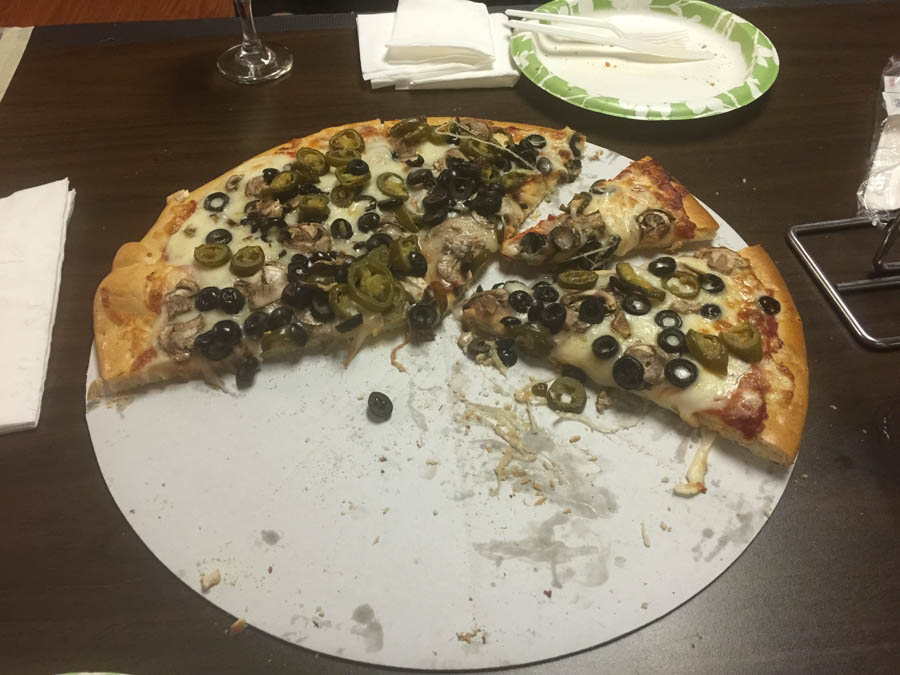
We went to Garden Grove for Pizza Sunday for the first time!
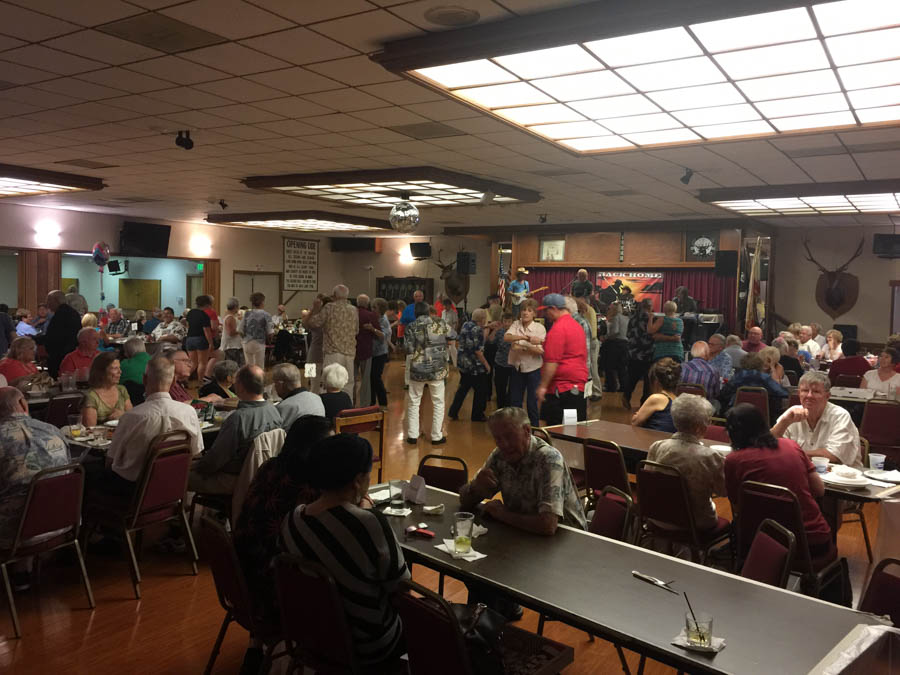
The place was full with many of our friends in attendance! Fun for all!
At 4:30 We Headed For Bowers To Check In
The 1968 Exhibit is a traveling exhibit organized by the Minnesota History Center in partnership with the Atlanta History Center, the Chicago History Museum and the Oakland Museum of California. The exhibit is supported by major grants from the National Endowment for the Humanities and the Institute of Museum and Library Services.
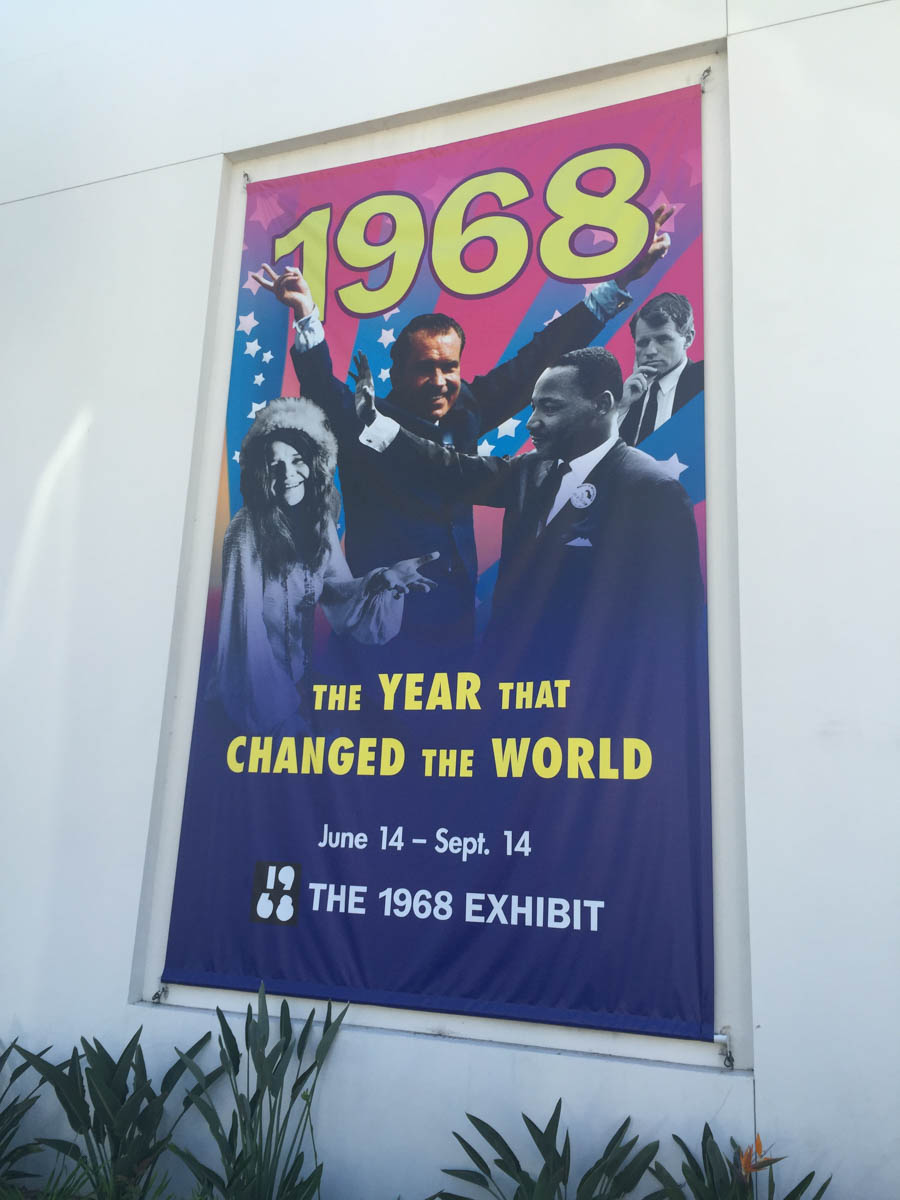
We were there in the middle of it!
Sue was in High School and Paul was working on the Apollo Program

The tables were set up in the courtyard for the dinner later that evening

We had the museum to ourselves and 150 other friends!

Small world! We met Valerie Wong's sister at the reception desk!
We go to the Bowers quite often and did not know she was there!

She liked Paul's shirt.... Dressed for the occasion!
To The Exhibit First

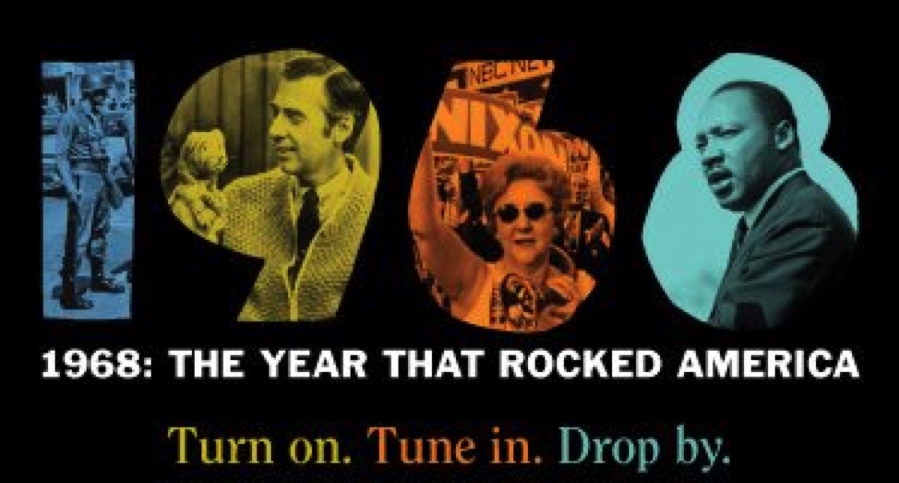
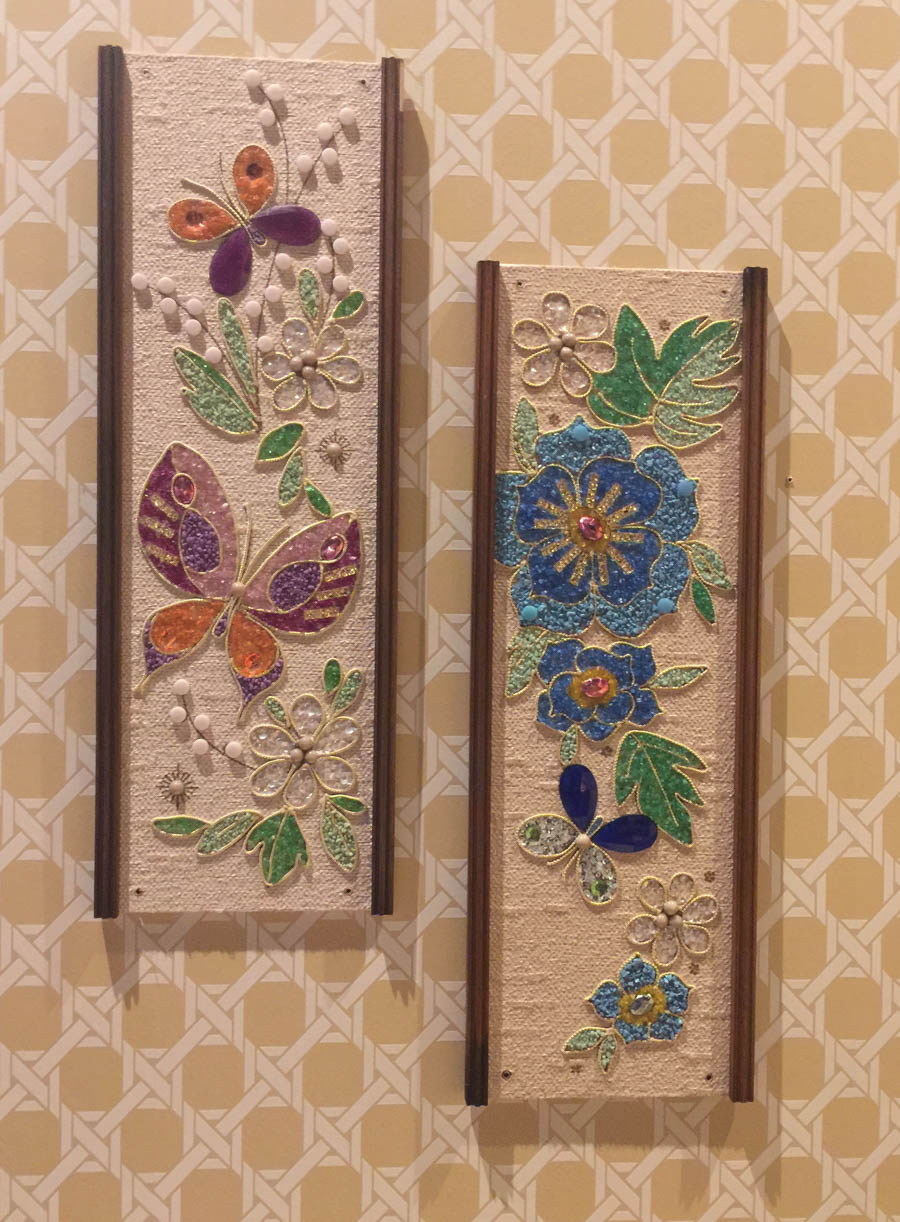
Paul's Mom made many of these little jewels
... Came in a kit!

Yes! Avocado furniture! We also had one of these!

Most every house had their weather station on the wall
Accuracy was horrible but it was a talking piece

Booze in the cabinet along with the World Book Encyclopedia
Did You Know? - The World Book Encyclopedia is an encyclopedia published in the United States. The encyclopedia is designed to cover major areas of knowledge uniformly, but it shows particular strength in scientific, technical, and medical subjects.
It is based in Chicago, Illinois. The first edition (1917) contained eight volumes. New editions have since appeared every year except 1920, 1924, and 1932, with major revisions in 1929 (13 volumes), 1933 (19 volumes), 1960 (20 volumes), 1971 (22 volumes), and 1988 (new typeface and page design, and some 10,000 new editorial features).
World Book also publishes children's non-fiction and picture books under the Bright Connections Media imprint, and educational development and supplemental instructional resources through Incentive Publications by World Book.
The 1917 edition was published by the Hanson-Roach-Fowler Company, but within two years, World Book became the property of W.F. Quarrie & Company. In 1945, the World Book Encyclopedia became the property of Field Enterprises. In 1978, World Book was purchased by Scott Fetzer Company, which in turn has been a subsidiary of Berkshire Hathaway since 1985.
It claims to be the most up-to-date commercial encyclopedia, with 33 percent of its pages revised each year.[3] Illustrations account for about one third of the layout, and some 80 percent are in color. The encyclopedia makes heavy use of cross-referencing and contains a large analytical index of more than 150,000 entries.
The 2015 edition contains new articles such as Ukraine and Crimea; Vladimir Putin, President of Russia; Popes Saint John XXIII and Saint John Paul II; activist Julian Assange; and entertainers Eminem, Taylor Swift, and Jackie Chan.

We didn't remember the TV's being so small and fuzzy!

The helicopter was found in a junk yard and restored by a team of twenty men
who served on these machines in Viet Nam

Looks pretty good today
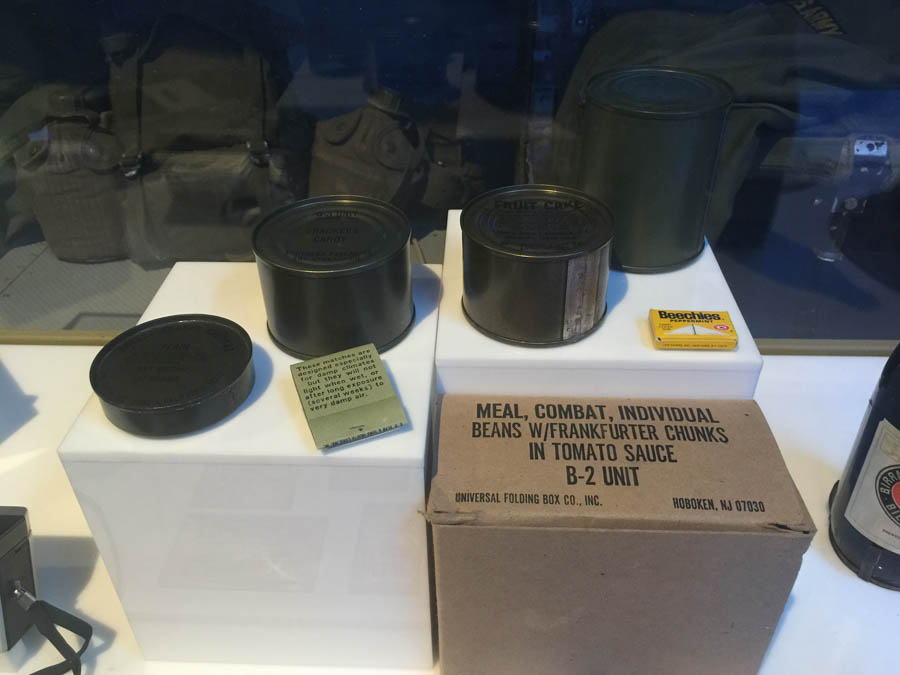
It does not look yummy at all! (Came from Universal Folding Box Company)

The Universal Folding Box Company no longer exists
Did You Know? - In the few years since its final closure, the main entrance to the Universal Folding Box Co has quickly grown over with vegetation.
Once a family-owned business employing almost 200 people, the company closed in 2002, and the abandoned building used to train Hoboken firefighters. Perhaps ironically, the building was ravaged by fire in early 2009.

The had videos of the helo's in action

Amazing how many lives these machines saved
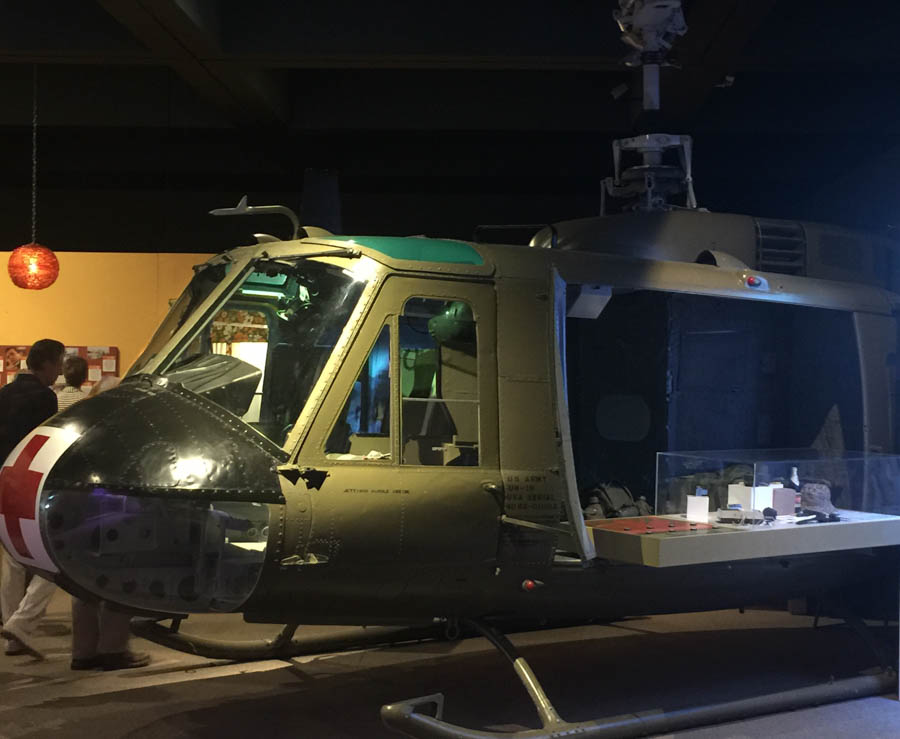
Simply amazing machines

The baloney about "Hope & Change" was pitched almost 50
years ago by the wild eyed liberals!

We had one of these.... Smith Corona typewriter.... It was a staple in most homes
Did You Know? - Smith Corona is a US manufacturer of thermal labels, direct thermal labels, and thermal ribbons used in warehouses for primarily barcode labels.
Once a large U.S. typewriter and mechanical calculator manufacturer, it expanded aggressively during the 1960s to become a broad-based industrial conglomerate whose products extended to paints, foods, and paper.
The mechanical calculator sector was wiped out in the early 1970s by the production of cheap electronic calculators, and the typewriter business collapsed in the mid-1980s due to the introduction of PC-based word processing.
In late 2010, Smith Corona entered the industrial ribbon and label market.
The company no longer manufacturers typewriters or calculators, but does manufacture large quantities of barcode and shipping labels and thermal ribbons used in thermal transfer printers.

The Transistor Radio and Instamatic Camera... What marvels
came from the minds of America!

He did not run again!...

MLK was indeed a great man.... If he could see our country today
what would he think?
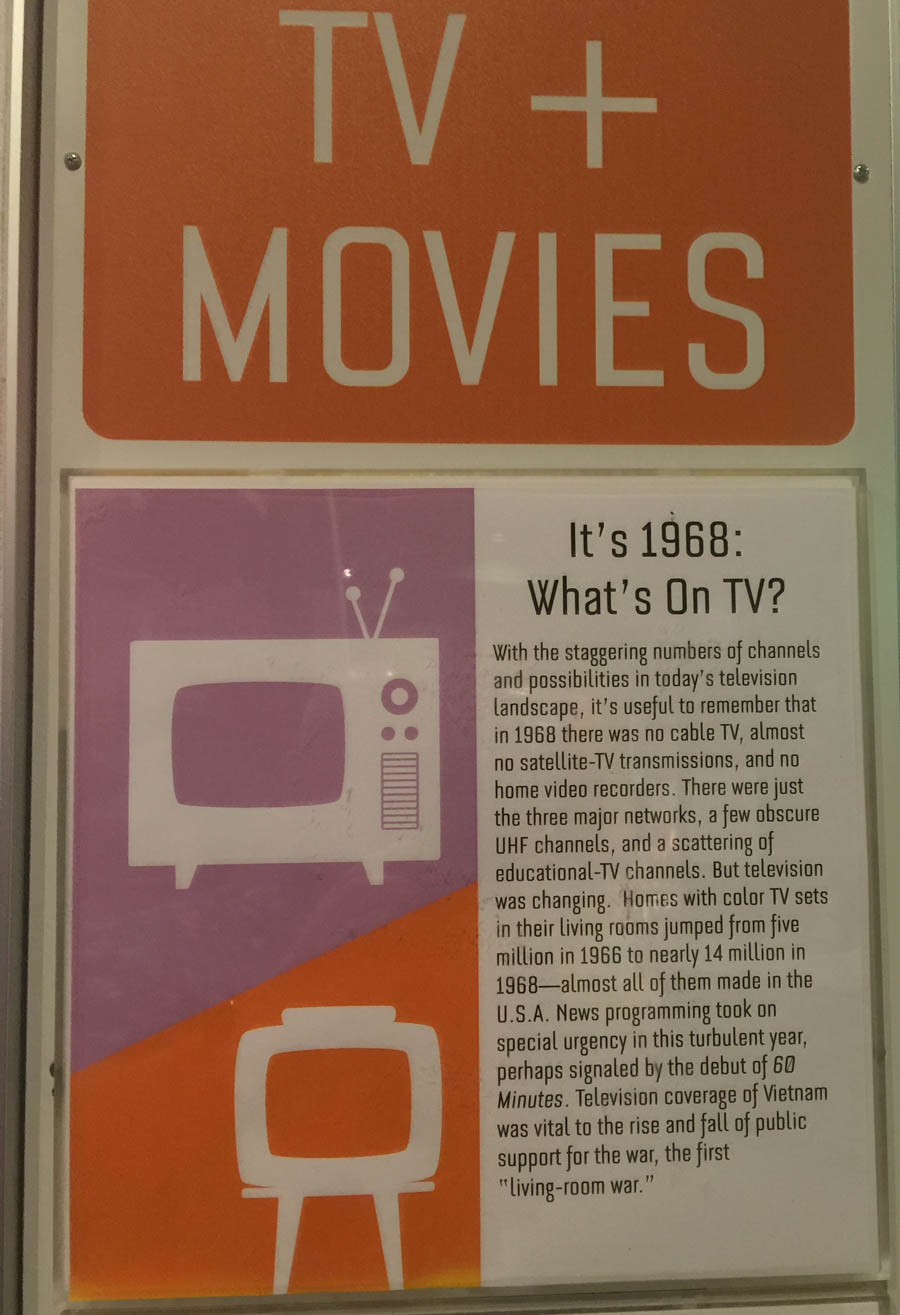
Read carefully... We had no cable to speak of, three major networks, color
television was just getting started and generally about 10 channels of programming!
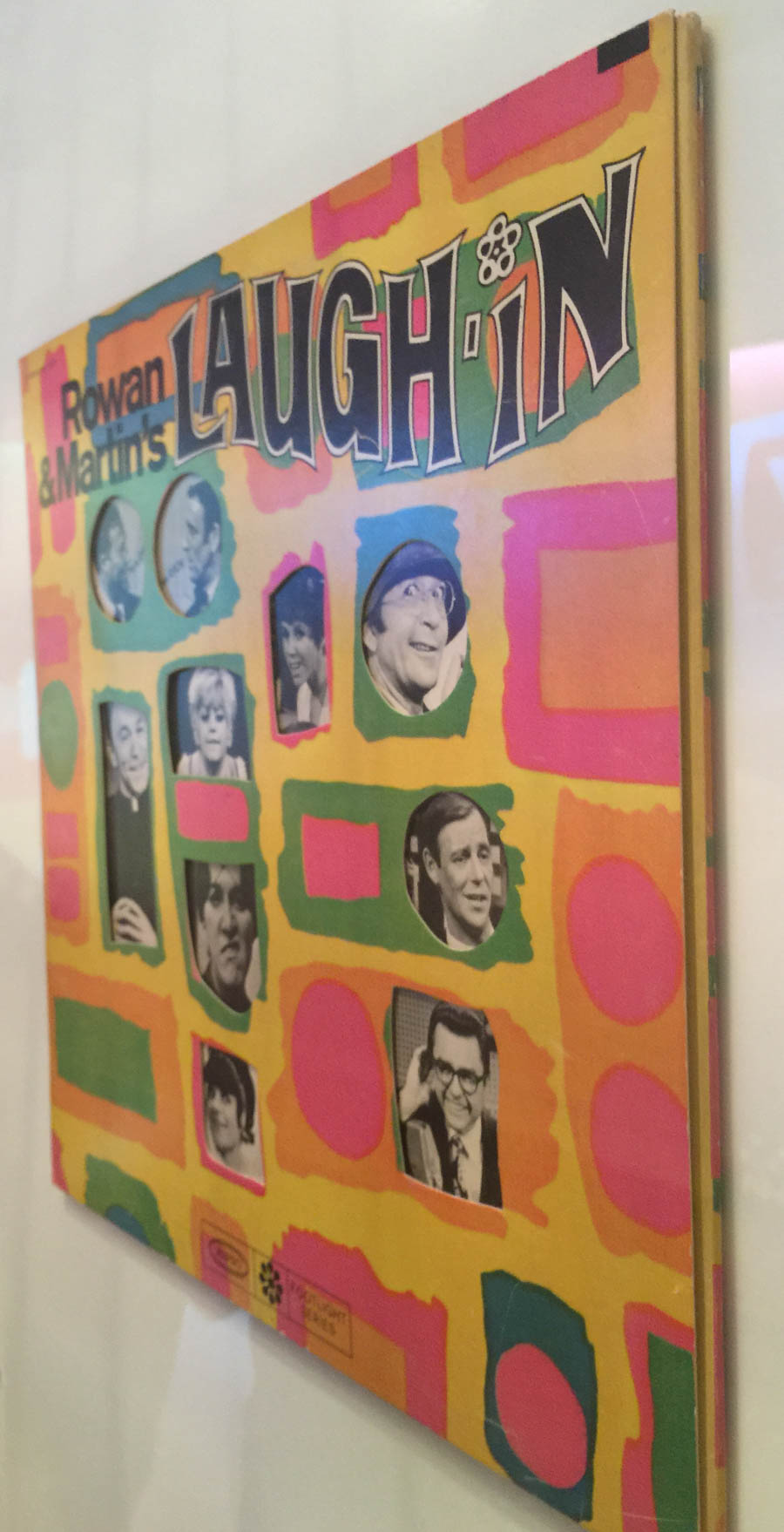
We laughed to these characters

Did You Know? - Laugh-In originally aired as a one-time special on September 9, 1967 and was such a success that it was brought back as a series, replacing The Man from U.N.C.L.E. on Mondays at 8 pm (EST).
The title of the show was a play on the "love-ins" or "be-ins" of the 1960s hippie culture, terms that were, in turn, derived from "sit-ins", common in protests associated with civil rights and anti-war demonstrations of the time.

Our eyes hurt after watching a few minutes of the fuzzy old TV's
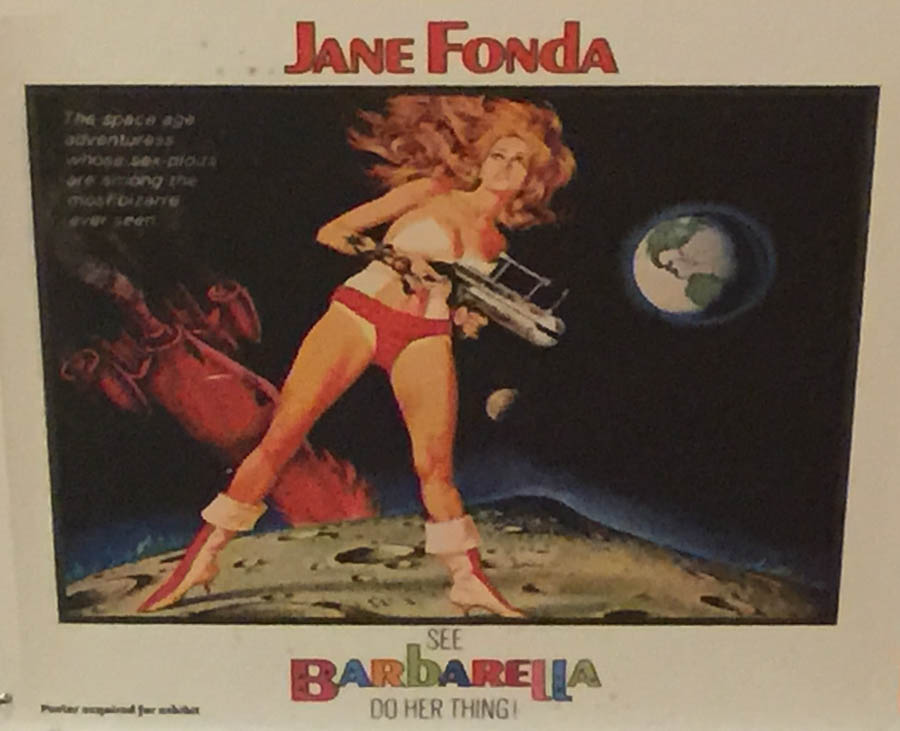
Pretty stupid movie but funny at times
Did You Know? - Barbarella is a 1968 French-Italian science fiction film based on Jean-Claude Forest's French Barbarella comics. The film stars Jane Fonda in the title role and was directed by Roger Vadim, who was Fonda's husband at the time. The film was not popular at its release, but received greater attention afterward with a 1977 re-release. It has since become a cult film.
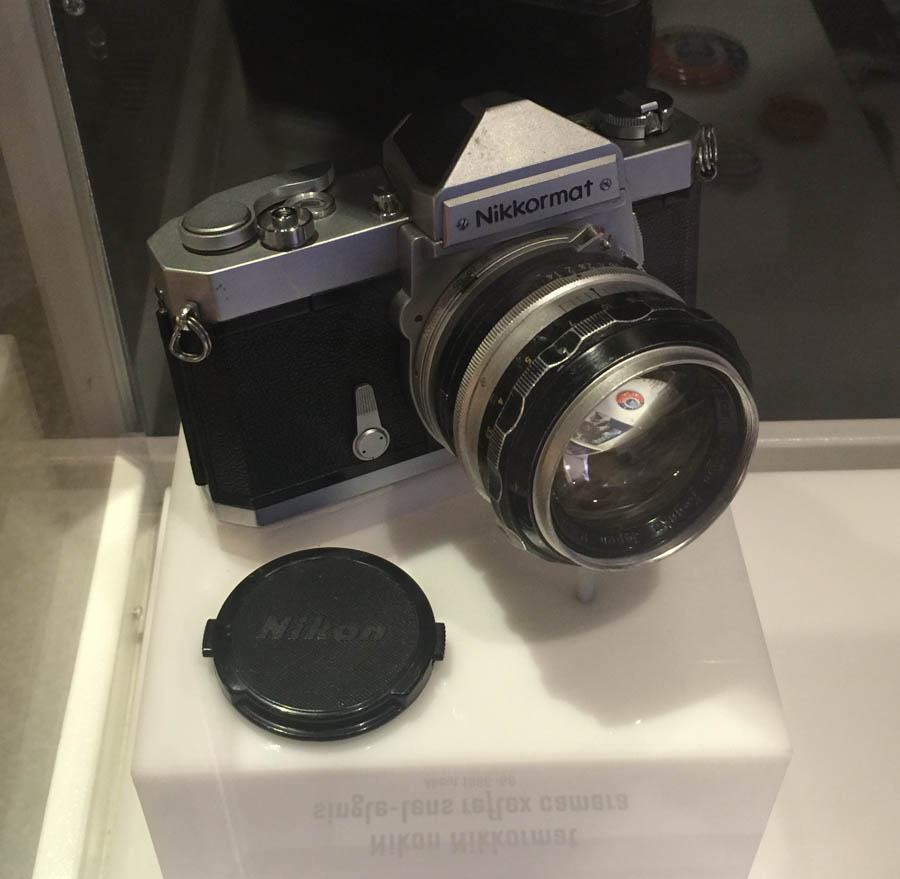
This was the "cheap: version of the Nikon
Did You Know? - Nikkormat (Nikomat in Japan) was a brand of cameras produced by the Japanese optics company Nippon Kogaku K. K., as a consumer version of the professional Nikon brand.
Nikkormat cameras, produced from 1965 until 1978, were simpler and more affordable than Nikon-branded cameras, but accepted the same lenses as the Nikon F series cameras.

It worked and was carried by photographers everywhere

Remember the wall phones? Rotary no less!

The stackable dish craze was in full swing
Did You Know? - Melamine resin is often used in kitchen utensils and plates (such as Melmac). Melamine resin utensils and bowls are not microwave safe.
During the late 1950s and 1960s melamine tableware became highly fashionable. Aided crucially by the stylish modern designs of A. H. Woodfull and the Product Design Unit of British Industrial Plastics, it was thought to threaten the dominant position of ceramics in the market.
The tendency of melamine cups and plates to stain and scratch led sales to decline in the late 1960s, however, and eventually the material became largely restricted to the camping and nursery market.

Quite amazing toys for those times
Did You Know? - See 'n Say, introduced in 1965, was the first Mattel talking toy that allowed children to choose the exact phrase they wanted to hear by adjusting a pointer on the toy's face to a particular item and pulling the "chatty ring."
They were NOT electronic yet... Pulling the ring was required and a spring drew the plastic strap back inside and when it moved over the piece of metal, it produced sounds!
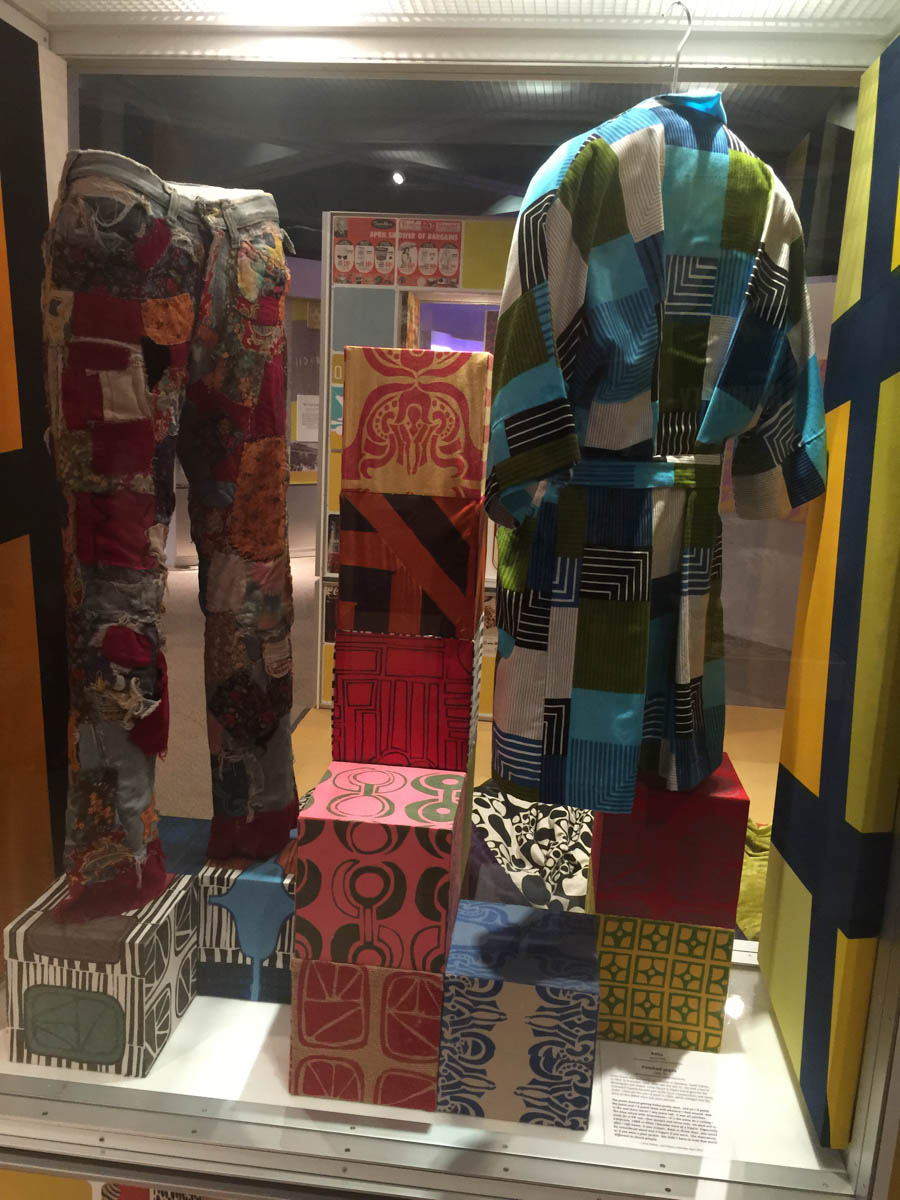
Paul NEVER had any pants like these! NEVER!

Hubert gave it a try!

Life was fun in the 60's...

Millions of people were "Middle Class"

Adjustable keyboards from Brother
Did You Know? - Brother's history began in 1908 when the Yasui Sewing Machine Co. was established in Nagoya, Japan. In 1954, Brother International Corporation (US) was established as their first overseas sales affiliate.
In 1958 a European regional sales company was established in Dublin. The corporate name was finally changed to Brother Industries, Ltd. in 1962. Brother entered the printer market during its long association with Centronics.
In 1968 the company moved its UK headquarters to Audenshaw, Manchester, after acquiring the Jones Sewing Machine Company, a long established British sewing machine maker.
In November 2012, Brother announced that it had built the last UK-made typewriter at its north Wales factory. Saying that it had made 5.9 million typewriters in its factory in Wrexham since it opened in 1985, the firm donated the last machine to London's Science Museum.
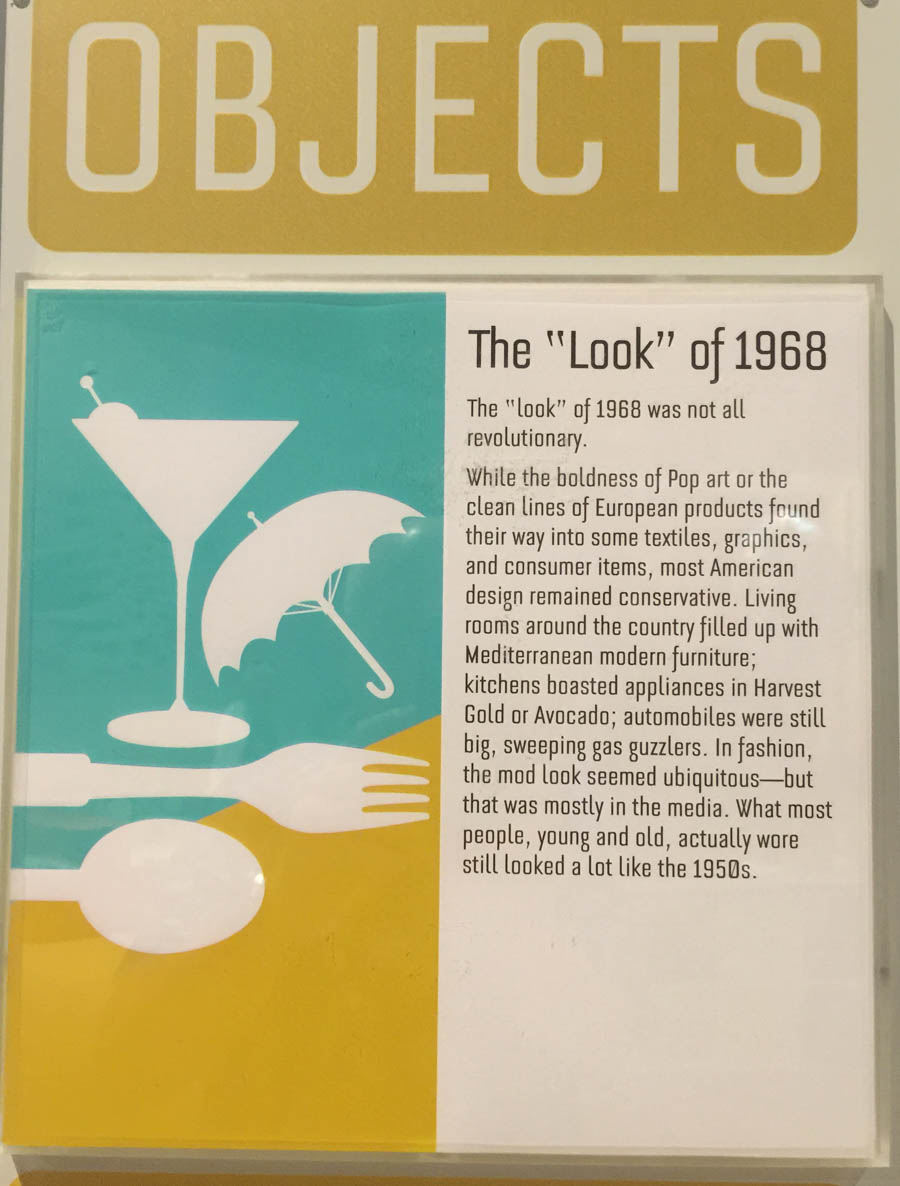
Avocado appliances.... I can still see them!

We remember when the girls used to carry these things
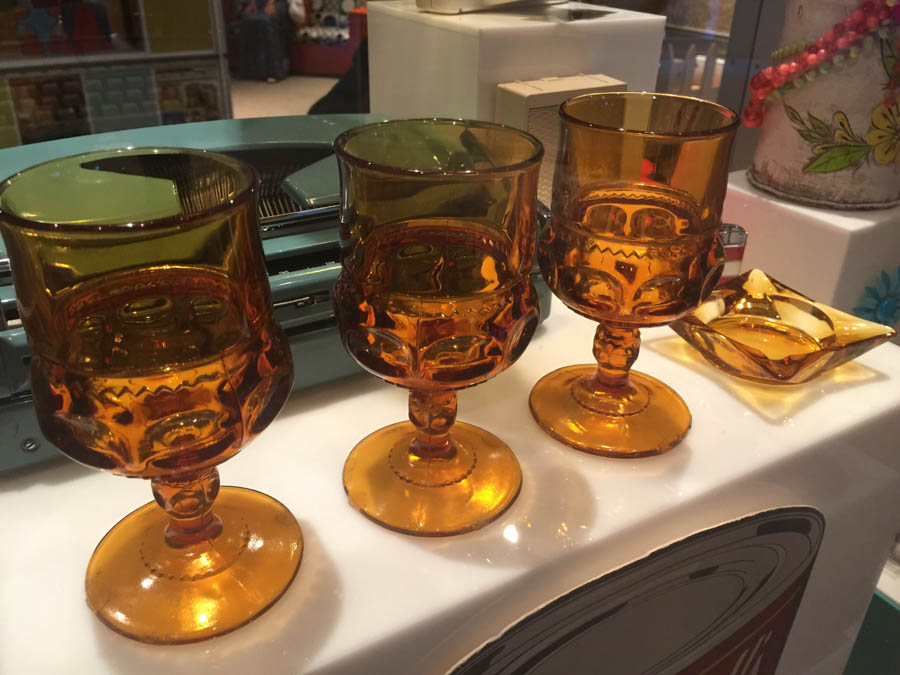
The amber glasses were quite popular

Most radios were still AM only (Yes, it is upside down)

The IBM Selectric was a fantastic move forward
Did You Know? - The IBM Selectric typewriter was a highly successful model line of electric typewriters introduced by IBM on 31 July 1961.
Instead of the "basket" of individual typebars that swung up to strike the ribbon and page in a traditional typewriter, the Selectric had a type element (frequently called a "typeball", or more informally, a "golf ball") that rotated and pivoted to the correct position before striking.
The type element could be easily changed so as to print different fonts in the same document, resurrecting a capacity that had been pioneered by the Blickensderfer typewriter 60 years before.
The Selectric also replaced the traditional typewriter's moving carriage with a paper roller ("platen") that stayed in position while the typeball and ribbon mechanism moved from side to side.

Everything was soon a "silly millimeter longer"
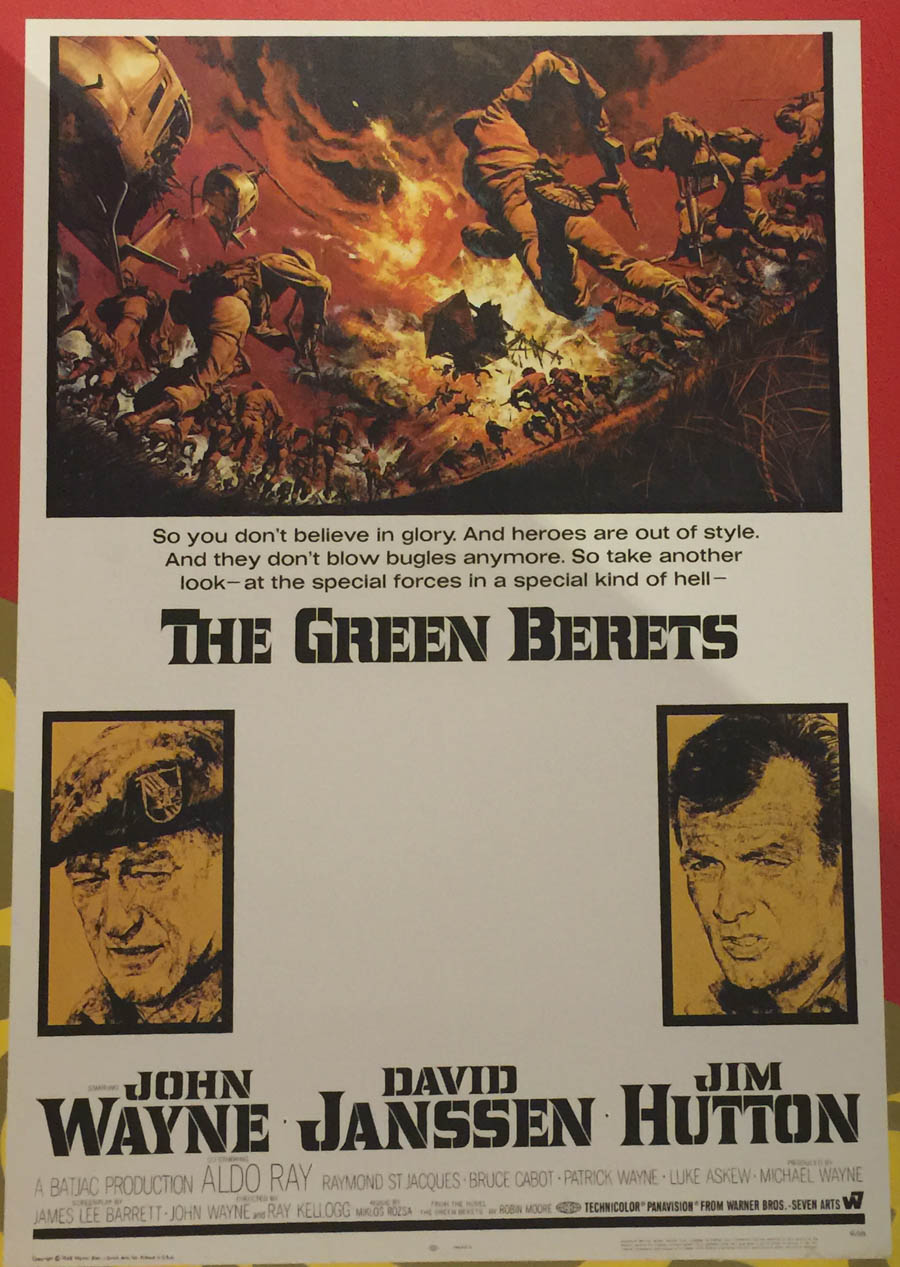
Great movie
Did You Know? - The Green Berets is a 1968 American war film set in Vietnam, featuring John Wayne, George Takei, David Janssen, Jim Hutton and Aldo Ray, nominally based on the eponymous 1965 book by Robin Moore, though the screenplay has little relation to the book.
Much of the film was shot in the summer of 1967 (before the Tet Offensive).
Thematically, The Green Berets is strongly anti-communist and pro-Saigon. It was produced in 1968, at the height of American involvement in the Vietnam War, the same year as the Tet offensive against the largest cities in South Vietnam.
John Wayne, concerned by the anti-war atmosphere in the United States, wanted to make this film to present the pro-military position.
He requested and obtained full military co-operation and materiel from President Johnson.

He carried the South

Always clever!

Remember these?

Running for President

We voted for our candidates... The red lever was a pain to use!
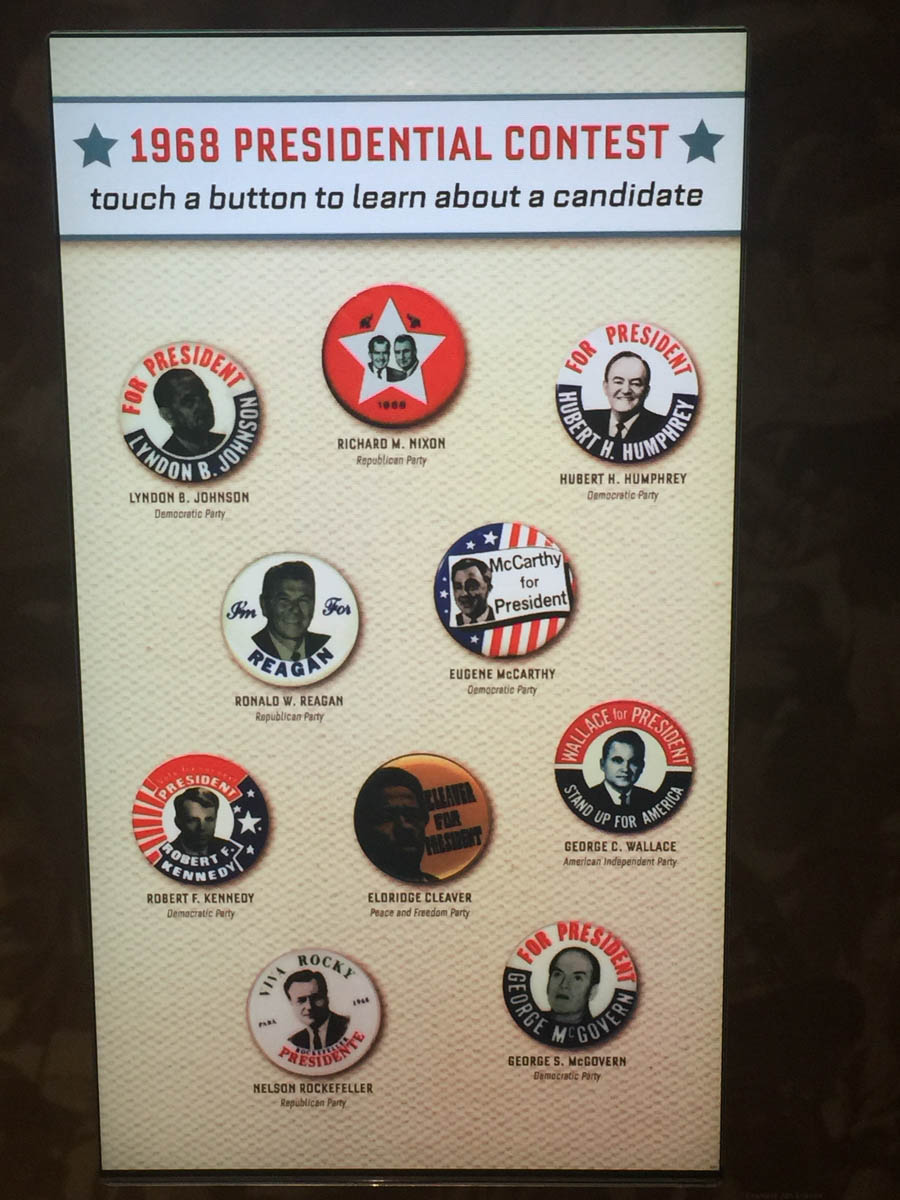
Loads of people running!

Landslide! California went Republican... Ah, the good old days
before the looney left took over

Ban the Bra... Lots of huey!
Did You Know? - In the 1960's the phrase "Bra Burning" was well known. People say that very few women actually burned their bras, but many supported those actions. Women burned their bras because they felt that it proved a statement or made a stand for Women's Rights.
Another reason they burned their bras was because it was a symbol that showed independence of men at the time. The women that didn't burn their bras often walked around wearing no bra at all. This was also meant to show independence of men.
Many women thought that it meant freedom to be natural instead of pushed up. At the Miss America Protest there were trashcans that women called freedom trashcans. Women threw things such as bras, girdles, curlers, tweezers, high heels, etc. into them to be burned.

Sue watched the music Q&A machine!
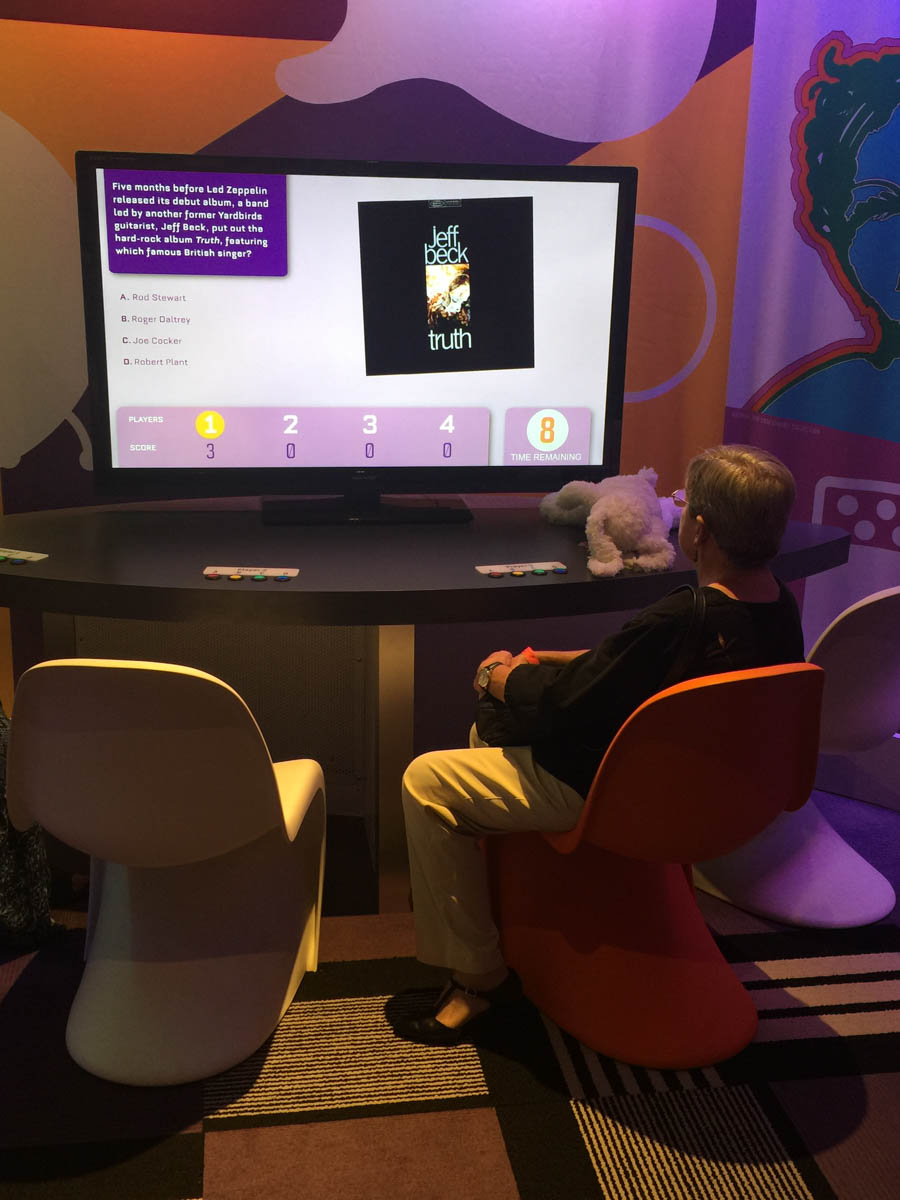
Paul did not have a clue about the 1960's music!

Typical 1968 living room

Brings back memories

Paul worked on this machine at North American Aviation

Where were you when we went to the moon?

It's a model... Not a real capsule but pretty well done!

The Old Man gets his picture taken

The first "Mouse"
Did You Know? - Douglas Carl Engelbart (January 30, 1925 – July 2, 2013) was an American engineer and inventor, and an early computer and Internet pioneer.
He is best known for his work on founding the field of human–computer interaction, particularly while at his Augmentation Research Center Lab in SRI International, resulting in the invention of the computer mouse, and the development of hypertext, networked computers, and precursors to graphical user interfaces.
These were demonstrated at The Mother of All Demos in 1968. Engelbart's Law, the observation that the intrinsic rate of human performance is exponential, is named after him.
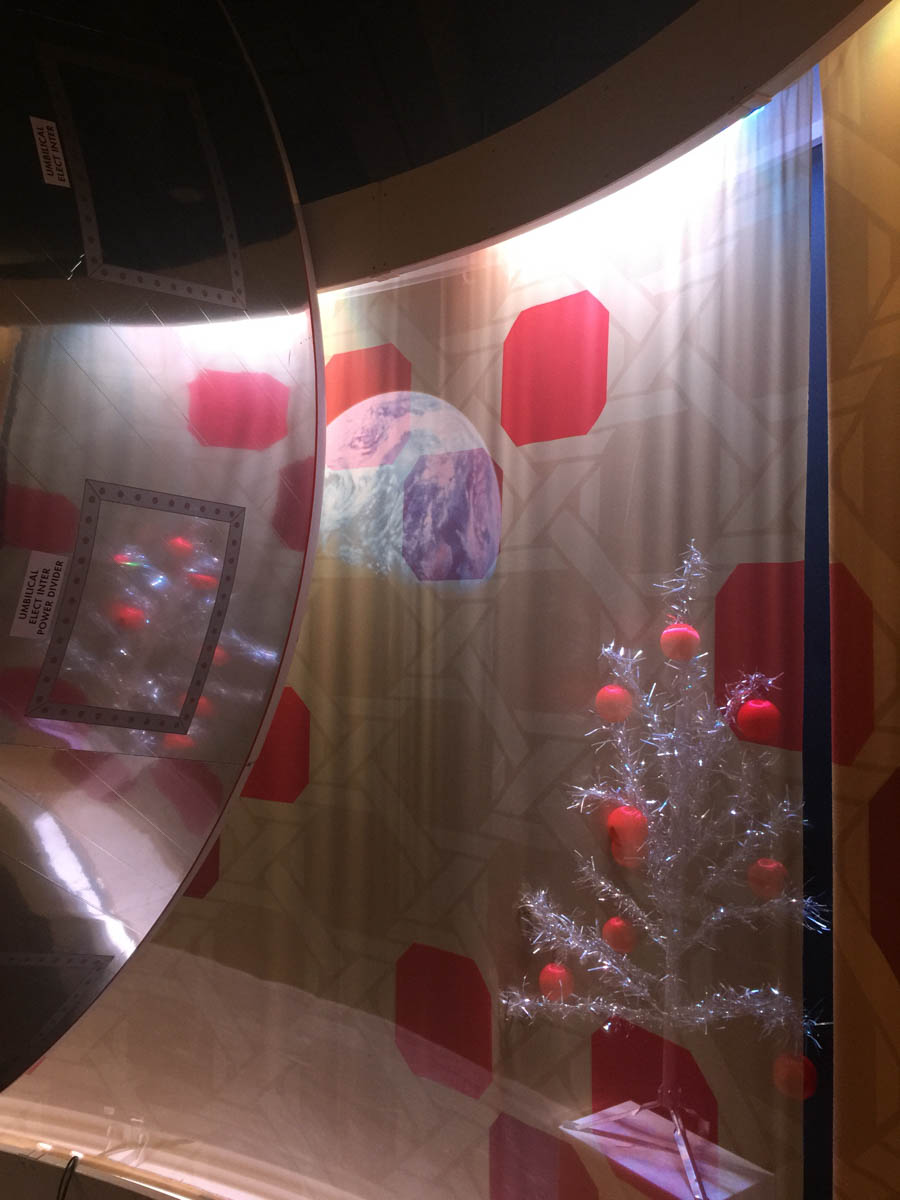
We circled the Moon Christmas Eve 1968... Amazing!

The clear helmet used by the Apollo Astronauts

